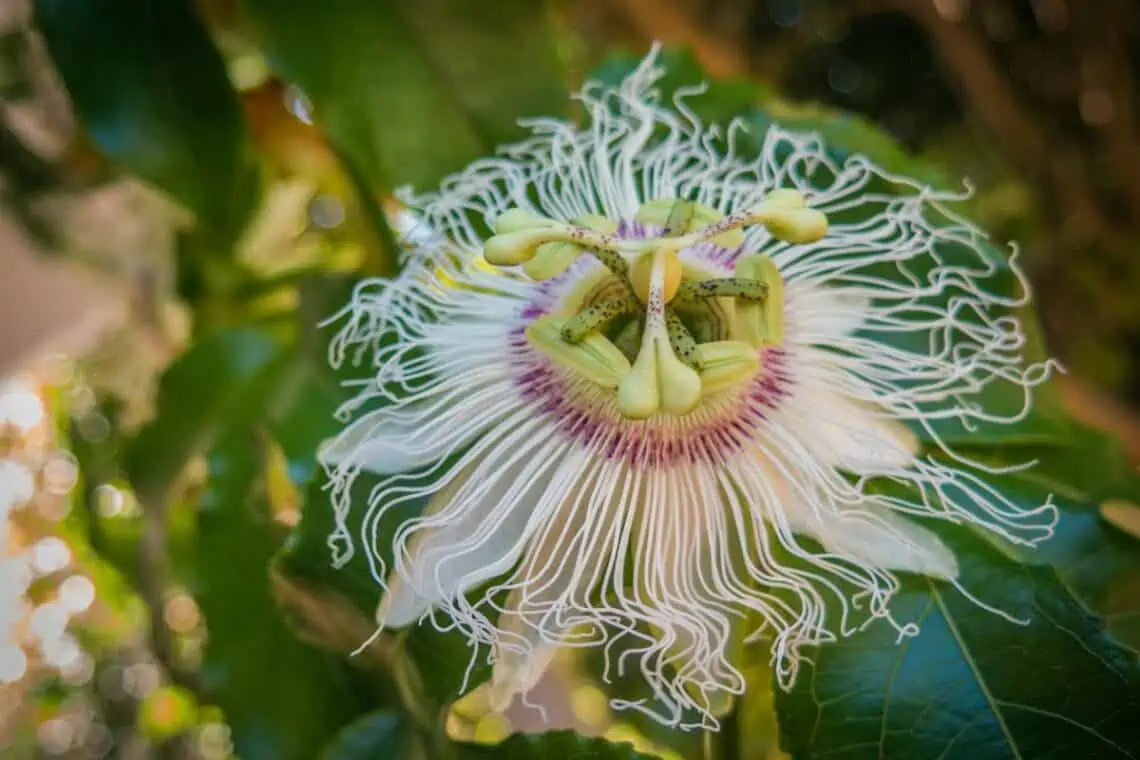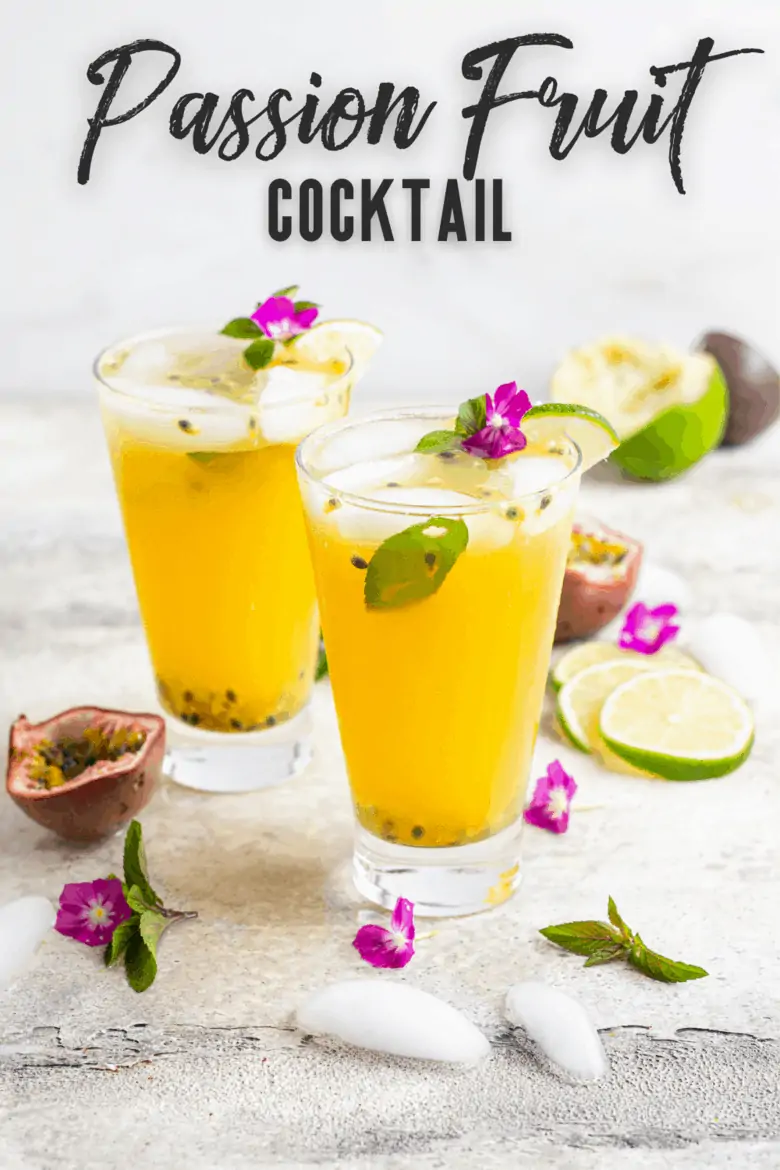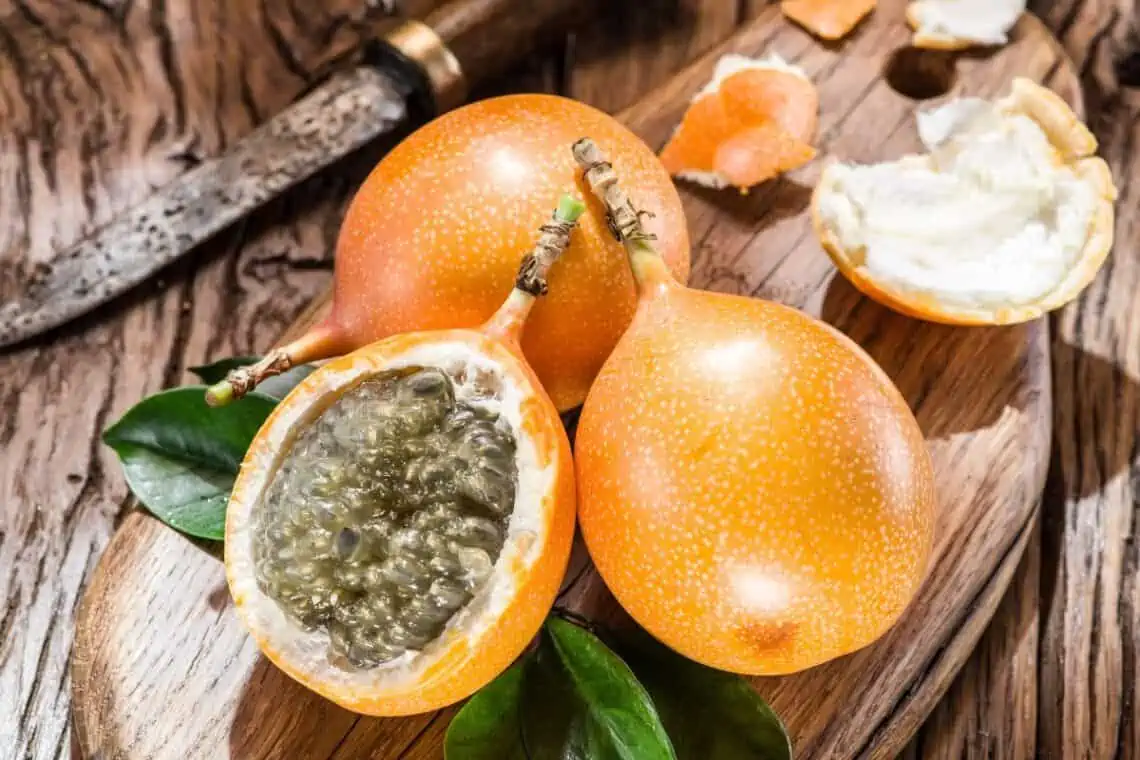Move over, acai and blueberries. There’s a new superfruit in town, and its name is granadilla. This delicious fruit is native to Central and South America and has been gaining popularity in recent years due to its many health benefits.
So, what exactly is granadilla? Where does it come from? And how does it compare to other popular fruits like passionfruit? Read on to find out.
What is Granadilla?
Also known as sweet calabash, parcha, or maracujá doce, granadilla (sometimes spelled granadila) grows on vines and is native to Brazil, Bolivia, Ecuador, Peru, Colombia, and Venezuela. Some refer to them as passion fruit, and while both fruits are members of the Passiflora family, granadilla is its own distinct species.

Granadila is native to Central and South America but can now be found in many tropical countries. The fruit grows best in humid climates and prefers to climb on trees or other tall structures. They grow well in the US in states like Hawaii, Florida, and Puerto Rico.
What does Granadilla fruit look like?
The oblong fruit can grow anywhere from four to six inches long and weighs around 10 ounces. When ripe, the granadilla’s shell turns from green to yellowish-brown and becomes soft to the touch. Underneath the skin is a sweet, juicy pulp that contains black seeds.
What does Granadilla taste like?
In terms of taste, granadillas are sweeter than passion fruits and have been described as having a flavor that is similar to a cross between strawberries and pineapple. The pulp of the fruit is often used to make juice, jam, liqueur and even wine!

I like to make a refreshing Passion Fruit Cocktail from my purple passion fruit and granadilla works just as well too! In fact, I think it tastes even better with the additional sweetness.
Granadilla vs. Passion Fruit
One of the biggest differences between these two fruits is their taste. Passion fruits have a tart, acidic flavor that can be quite overpowering. Granadillas, on the other hand, are much sweeter and have a more subtle flavor.
So, if you’re looking for something to quench your sweet tooth, granadilla is the way to go. However, if you prefer tart flavors, passion fruit may be more up your alley.
Health Benefits of Granadilla
Grenadilla is a good source of vitamins C and A, as well as fiber. Additionally, this unique fruit contains a number of antioxidants and phytonutrients that offer potential health benefits. Let’s take a closer look at some of the science-backed health benefits of grenadilla.
1. Granadilla is rich in antioxidants.
Antioxidants are important for fighting free radicals, which can damage cells and lead to conditions like cancer and heart disease. Granadilla contains high levels of Vitamin C, which is a powerful antioxidant. In fact, just one cup of granadilla juice contains nearly twice the recommended daily amount of Vitamin C!
2. Granadilla may boost immunity.
Vitamin C isn’t just an antioxidant; it’s also essential for a healthy immune system. One of the most important vitamins for immunity is vitamin C, and grenadilla is a good source of this essential nutrient.

Vitamin C helps to protect the body against infection by stimulating the production of white blood cells. White blood cells are an important part of the immune system and help to fight off bacteria and viruses.
3. Granadilla may help improve heart health.
The antioxidants in granadilla can also help reduce inflammation and protect against LDL cholesterol oxidation, both of which are risk factors for heart disease. Additionally, the potassium present in granadilla can help lower blood pressure by balancing out the negative effects of sodium.
4. Granadilla may aid digestion.
Another potential health benefit of grenadilla is its ability to aid digestion. This fruit is a good source of fiber, which is essential for digestive health. Fiber helps to bulk up stools and prevents constipation. Additionally, fiber fermenting in the gut, fiber also provides food for beneficial gut bacteria, which are important for gut health.
5. Granadila may help lower blood pressure.
Studies have shown that drinking granadilla juice can help lower blood pressure in people with hypertension. The exact mechanism by which this occurs is not yet understood, but it is thought that compounds in the fruit relax blood vessels and decrease resistance to blood flow.
More research is needed to confirm these results, but if you suffer from high blood pressure, adding granadilla juice to your diet may be worth considering.
6. Granadilla may improve skin health.
Vitamin C is also important for collagen production, which helps to keep skin looking youthful and wrinkle-free. Granadilla can help to improve your skin’s texture and elasticity.
Granadila Nutritional Facts
One average sized granadilla fruit contains:
- Calories: 110
- Fat: 1 gram
- Carbohydrates: 28 grams
- Fiber: 12 grams
- Sugars: 13 grams
- Protein: 3 grams
- Vitamin A: 20% of the DV
- Vitamin C: 280% of the DV
- Calcium: 4% of the DV
- Iron: 10% of the DV
Conclusion
So there you have it—everything you need to know about granadilla, the next big super fruit. This delicious fruit not only tastes great but also offers a host of health benefits. The next time you see granadilla at the grocery store or farmers market, pick some up and give it a try!
The unique flavor of granadilla pairs well with both sweet and savory dishes, and the fruit provides numerous health benefits. Granadilla is an easy way to increase your intake of vitamins and minerals, and it may even help lower blood pressure. Add this versatile fruit to your diet today for a delicious and nutritious treat.